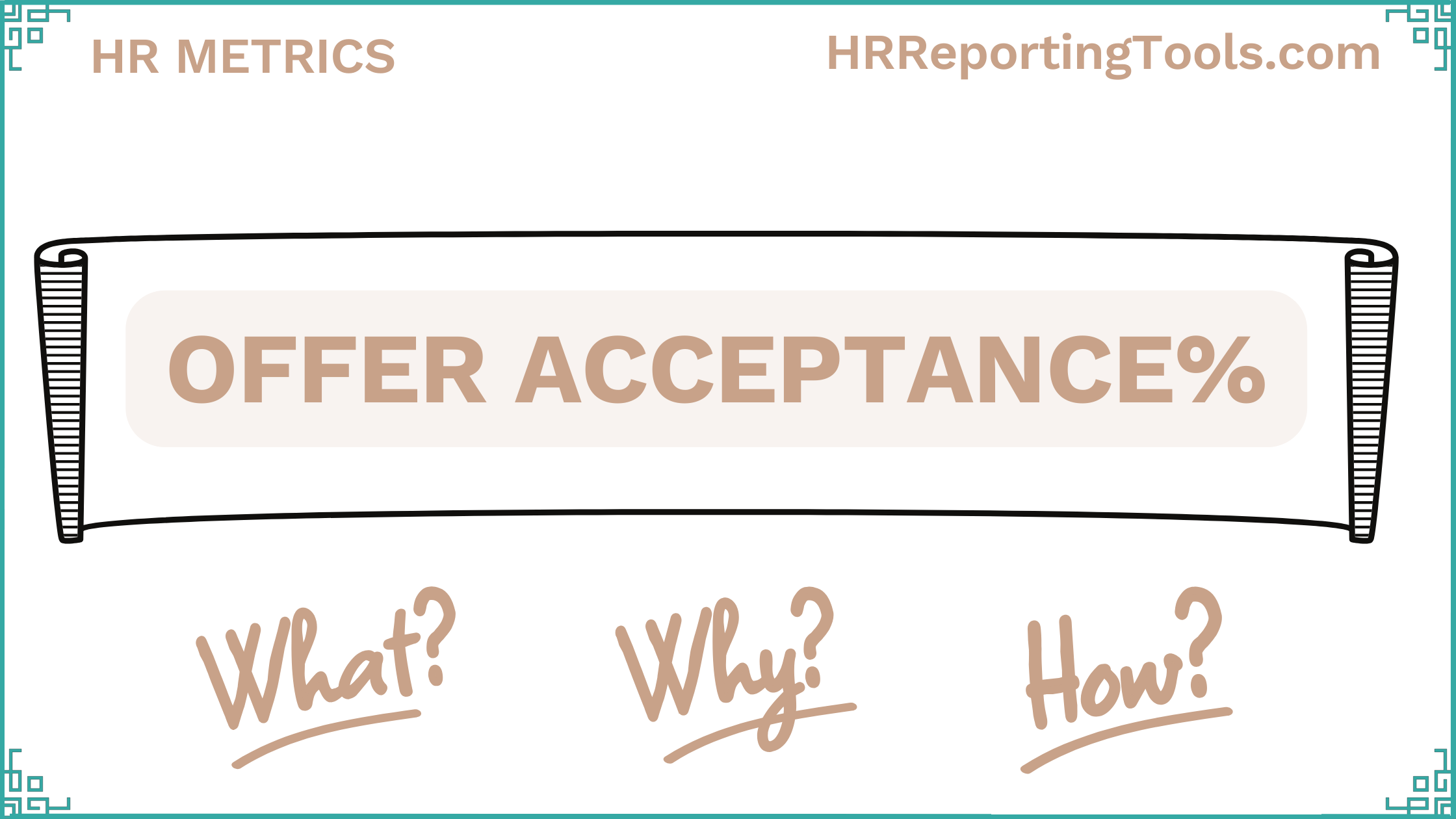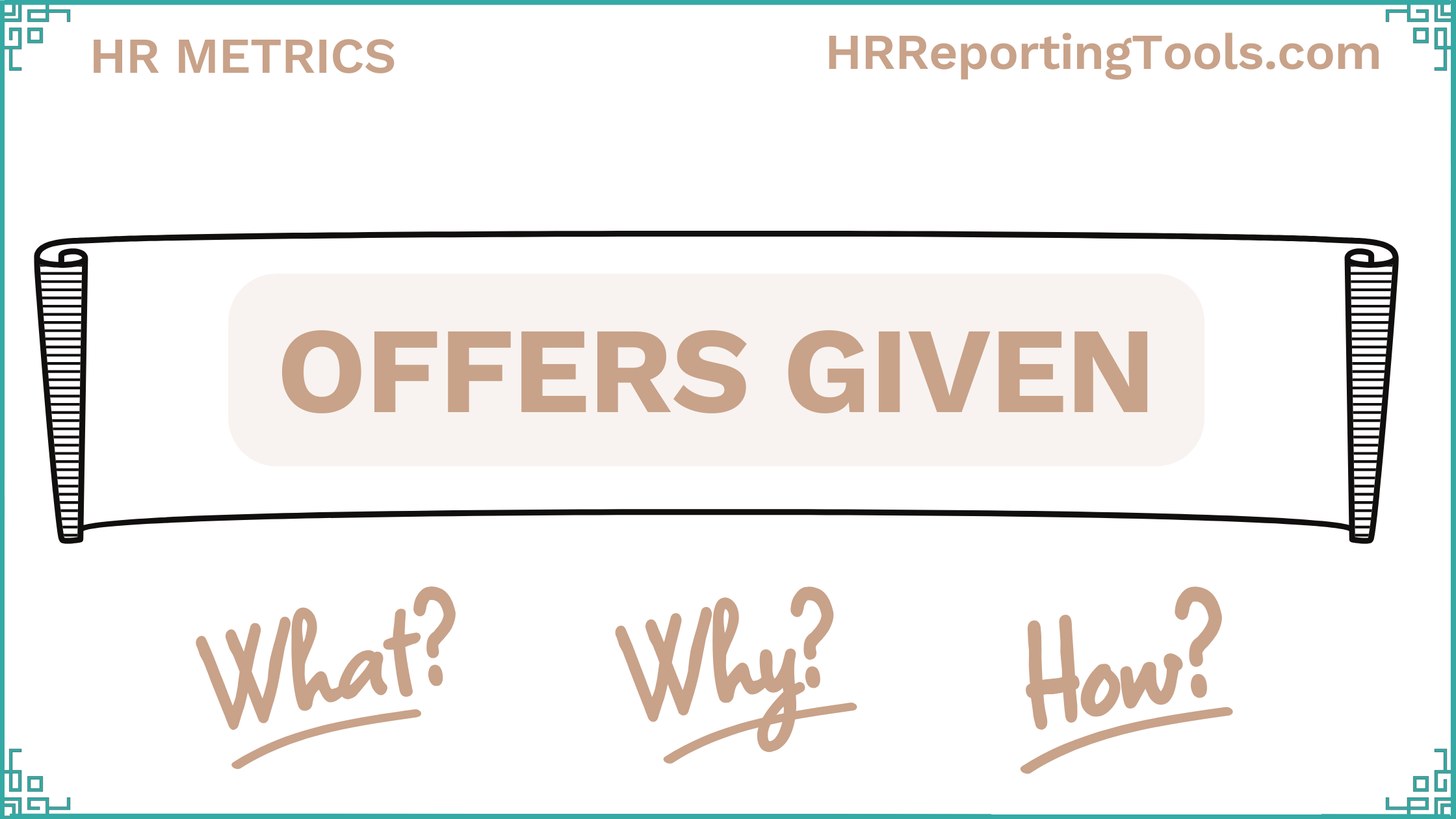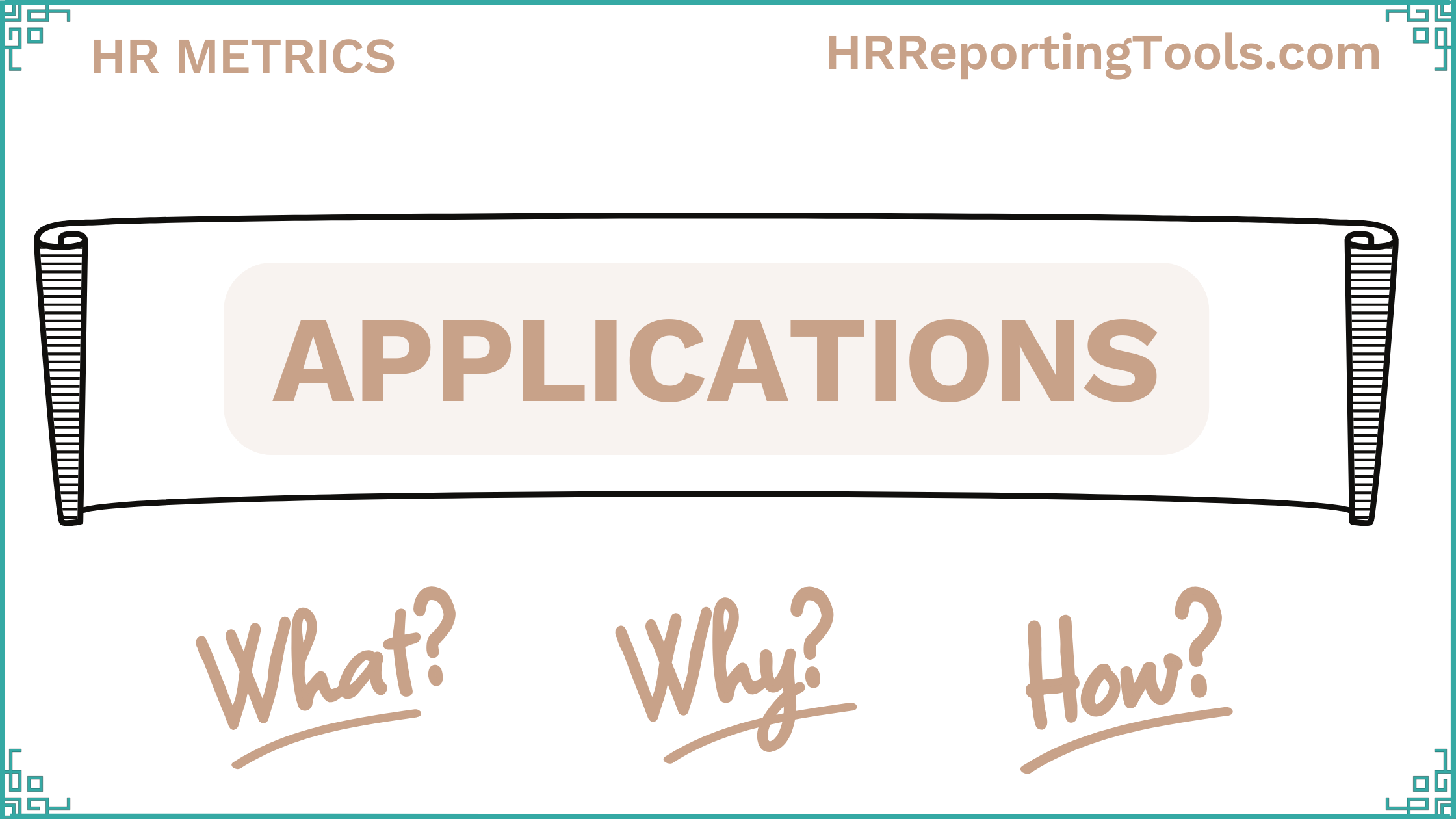Average Days Taken For Each Stage
HR Metric - Average Days Taken For Each Stage
What (Definition)
Recruitment is fundamental for any business to bring skilled individuals into the company to expand its operations. The average days for each stage in the recruitment process may differ for each organization. However, a typical recruitment process includes the following steps:
1.Post Job
The HR staff may promote the job posting by using multiple platforms, including the company website, job boards, and social media. Depending on the platform used and the urgency of the vacancy, it can take up to a week.
2. Receive applications
The team will review and shortlist the most suitable candidate based on their educational background and work experience. In the case of receiving a large number of applications, it will take up to 1 to 2 weeks.
3. Interview
Initially, the company will approach the shortlisted candidate to learn about their interest and availability. Based on the availability of the recruiter and the candidate, the interview process can take up to 2 weeks and can have one or more rounds of interviews.
4. Hire a candidate
The hiring team will select the most suitable candidate based on their abilities. Usually, extending a job offer takes 1 or 2 weeks, but if there’s any negotiation involved, it can take longer.
5. New hire joins
Once the candidate accepts the job offer, the company begins to work on the onboarding process. It can take 1 to 2 weeks for a candidate to finish the existing work and to join the new job.
These time durations can vary widely due to the demand for the position and market conditions. Some companies have a quicker or slower timeline in the recruitment process, depending on their internal policies.
Why (Benefits)
By bringing new hires on board quickly, the company will benefit from their contributions to its goals, and it helps to reach productivity quicker. Faster recruitment reduces the workload for the existing staff and promotes the workflow.
The most obvious benefit of a shorter recruitment stage is that it leads to hiring more quickly. This is helpful in situations where key positions need to be filled urgently. Reducing the duration can also save money and reduce the overall recruitment costs.
Lengthy hiring processes can result in candidate dropouts as they may accept offers from other companies while they wait for the hiring process to end. A simplified process with clear communication improves the candidate experience and enhances the company’s reputation.
How (Calculation?)
Begin by gathering information about the recruitment stages for several employees. For every hire, you must record the beginning and ending dates of each stage.
Calculate the duration of each stage by deducting the "stage start date" from the "stage end date." This will provide you with the total number of days that each candidate spent on each stage. Add the amount of time for each stage separately.
Now, divide the total number of days in a stage by the total number of candidates who are hired for the given time frame. You will then have the average time for that particular stage.
Days in each Stage
The above data is taken from 6 candidates who successfully went through the recruitment process and were hired in the same time period. As shown above, the durations at each stage vary for each candidate. The average calculation for post job and receive application stages is discussed below.
“Post Job” stage
The total number of days= 7+7+7+7+7+7= 42
No. of candidates= 6
Average days= 42/6= 7 days
“Receive Applications” stage
The total number of days= 4+6+4+4+8+7= 33
No. of candidates= 6
Average days= 33/6= 5.5 days
The candidate spends 7 days in the “post job stage”, 5.5 days in the “receive apps stage”, 10 days in the “interview stage”, 2.2 days in the “hire a candidate stage” and 3 days in the “new hire joins” stage. Altogether each candidate spends about 27.7 days in the recruitment process of the company. The calculated averages must be used for continuous improvement in the hiring process.
The above, detailed example is to shed light on how these stages are calculated. For the whole recruitment process for a given time frame (say a Quarter or a Year) same is useful to know and access which stage is taking up the most time and thus can be streamlined better.
For this the following chart can come in handy.
Average days taken for each stage Chart
From the above image, we can notice that the phone and technical interview stages are moving faster when compared to the Hire and Join stages. This insight can be used to look-back on these two stages and measures can be taken to reduce the timeframe.
Get automated HR metrics for your company with our templates
(Available in 3 platforms: Microsoft Power BI, Google Sheets or Microsoft Excel)
Related HR metrics
Now it’s your turn.
As a company, do you compute the average days taken for each stage in the hiring process? Feel free to let us know your thoughts on how you do it below. We would like to hear about your experience.
To learn more about other recruiting metrics, please visit HR reporting tools.










